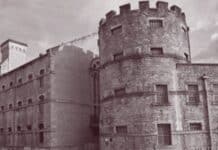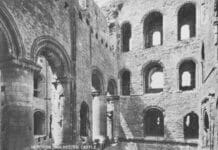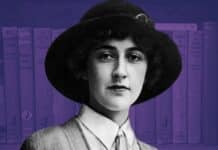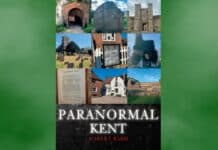Lingering ghosts of a little-known wartime shooting attack haunt the village of Kingsclere, near Basingstoke, writes JOHN S TANTALON
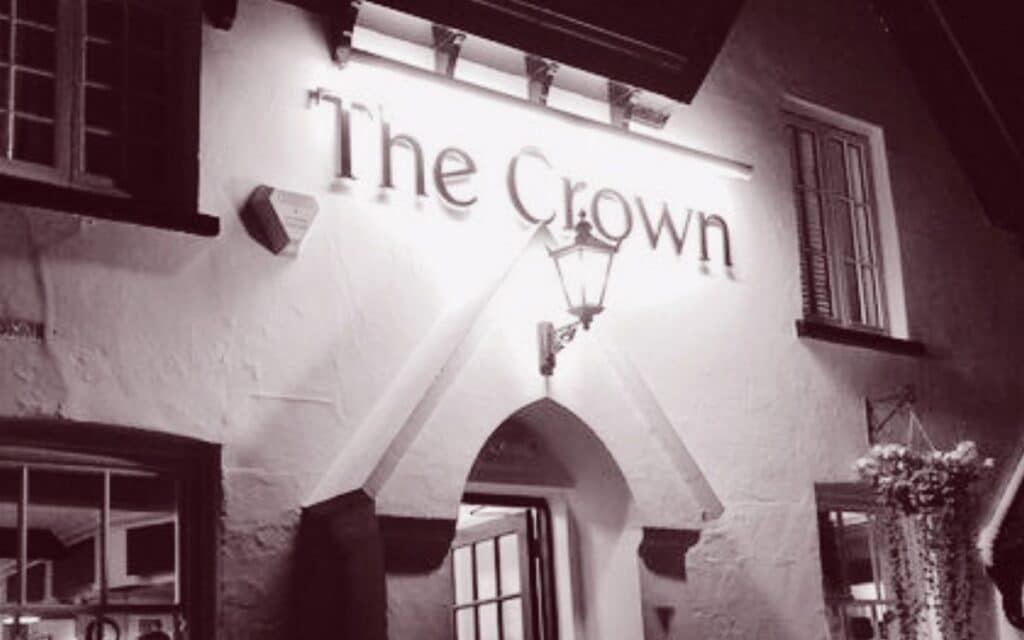
On a crisp winter morning, I found myself back in the sunny confines of Basingstoke. The town of Hampshire is featured in my latest book, The Haunted Realms of Surrey and Hampshire, and has many worthwhile, ghostly tales. My task that day was to venture out with Basingstoke and deep into the Hampshire countryside. I would visit a village with an exceptionally dark past.
A short and pleasant bus journey would follow. My destination that morning sits nine miles west of Basingstoke. The glorious views of the roaming countryside made for an enjoyable trip, and soon enough, it was time to depart. The bus pulled up at the side of the road, and I was presented with a charming sight. I had arrived at the village of Kingsclere.
Like many other sleepy Hampshire villages, Kingsclere displays a calm and pleasant atmosphere. However, this has only sometimes been the case. On a cold moonlit night on 5 October 1944, unprecedented violence would reach Kingsclere.
It was the final days of World War II. The area played home to a substantial military presence. Many American GIs remained stationed at nearby Sydmonton and housed in Sydmonton Court as a makeshift barracks.
Ten 3247 Quartermaster Service Company troops drank in the local Crown Inn. What ensued within the pub’s confines is not entirely known, but an event caused the coloured group of soldiers to leave angrily. An MP named Private Anderson, also drinking in the Crown, ordered the men to return to base and change into military uniforms. Whether an altercation over racism occurred that night is unknown, yet there are previous racist confrontations with locals.
The men, incensed by their treatment, returned to Sydmonton Court as ordered but did not follow the commands of the MP. Taking control of high-powered weapons and an abundance of ammunition, the men walked the dark country paths towards the village.
The Kingsclere Massacre
The soldiers took position in a graveyard directly across from the Crown Inn. They waited until 9:30 p.m. and listened to the landlord’s “Last Orders” cries. They knew that the targets of their devious plan would soon leave the pub.
As the first attendees exited the Crown, all hell would let loose. The troops opened fire in a relentless barrage of bloodstained revenge. The first of the casualties was the MP, who had ordered them back to base. The man received several bullet wounds yet managed to drag his bloody frame to a nearby garden, where he died.
The second victim was a soldier named Private Coates, who sat in the pub with his back to the window. The bullet which killed him travelled straight through his head, leaving his corpse in a heap on the floor. The landlord’s wife, Anne Napper, also perished in the hail of gunfire. A stray bullet passed through her cheek and into her neck. She would die in hospital the following day.
Kingsclere would count its dead as the chaos of the attack subsided, and the sound of gunfire would fade from the chill of the dreadful October night. As the sun rose over the village and police began their investigation, three lay dead. What could have been many more was probably due to the time of night and the lack of revellers within the pub.
Authorities pursued the assailants, and over the following week, all ten soldiers were apprehended. Police from Basingstoke and London would take charge of the investigation, with the court case taking place in early November. It would take the court no less than thirty minutes to find the ten-men guilty of murder. Nine were imprisoned for the rest of their natural lives, and a tenth were sentenced to ten years of hard labour.
While researching for my book, I visited several locations with similar backgrounds to Kingsclere. Alton, which features the tragic tale of Sweet Fanny Adams. The Hampshire village of Fordingbridge, where in 1987, would be the location for the hideous massacre of Burgate House. All have suitably macabre echoes from the past, but none as startlingly vivid as Kingsclere.
Is there a supernatural connection to the story?
I spoke with three different people during my visit to Kingsclere. The tragic story is now but a distant memory. Although aware of the events, the staff of The Crown are rarely asked about it; an account exists from many years ago.
Stories persist of ghostly rifle fire being heard and sightings of ghosts in the immediate area during the following years. The man I spoke to recalls a tale of a ghostly apparition sighted in the graveyard directly across from the Crown. It is unknown who or what it may be or if the spirit is connected to the tragic events of 5 October 1944. What has come to be known as The Kingsclere Massacre?
The Haunted Realms of Surrey and Hampshire is available from Amazon.


